How Many Molecules Of Water Is Produced From Cellular Respiration
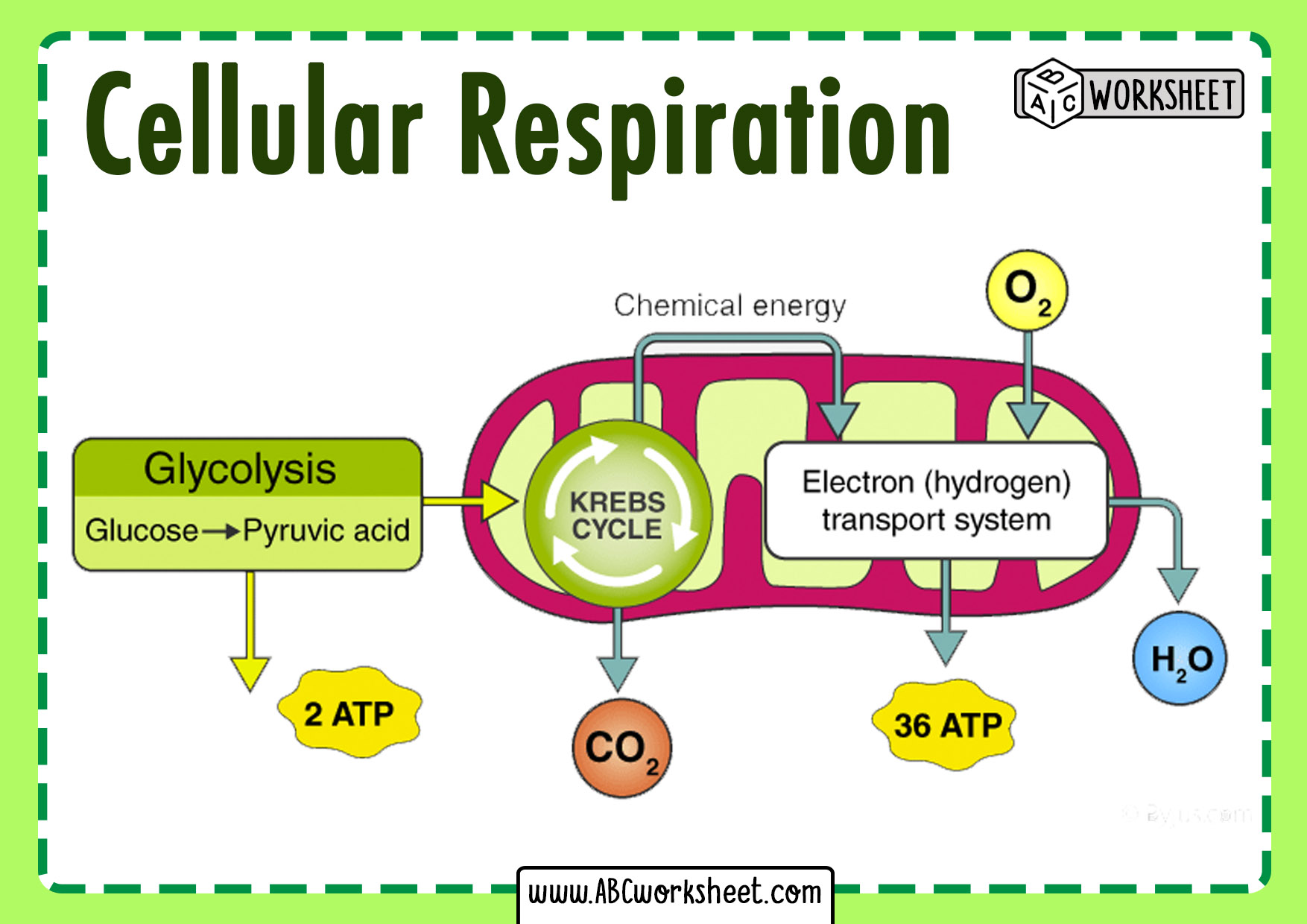
The microscopic world within our cells is far more active than previously imagined. Scientists have pinpointed the exact number of water molecules generated from a single glucose molecule during cellular respiration: a staggering 6.
This discovery, detailed in a recent peer-reviewed study, drastically enhances our understanding of energy production and water balance at the cellular level. It redefines the scope of our current textbooks.
The Cellular Respiration Equation: A Closer Look
Cellular respiration is the process where cells break down glucose to generate energy. This energy is mainly in the form of ATP (adenosine triphosphate).
The simplified equation is: C6H12O6 + 6O2 → 6CO2 + 6H2O.
This equation shows that for every molecule of glucose, 6 molecules of water are created.
The Role of Mitochondria
Mitochondria, often called the powerhouses of the cell, are the key players. They carry out the later stages of cellular respiration, specifically the electron transport chain.
This chain is where the bulk of ATP and water is produced.
The electron transport chain involves a series of redox reactions.Where Does the Water Come From?
Water molecules are formed as oxygen accepts electrons and protons at the end of the electron transport chain. This is the final step in the process.
Oxygen acts as the final electron acceptor. This generates H2O from O2 and H+ ions.
The hydrogen ions are pumped across the inner mitochondrial membrane.
The Implications
Knowing the precise number of water molecules produced has significant implications. These molecules plays important role in understanding cellular water balance.
This discovery could lead to a deeper understanding of metabolic disorders. These disorders influence the way the human body processes energy from food.
Further research is focused on manipulating this process to improve energy efficiency. This aims to combat metabolic diseases.
The Research Methodology
The research involved complex isotopic labeling techniques. They tracked the fate of oxygen and hydrogen atoms during respiration.
Advanced mass spectrometry was utilized for accurate measurement. This allowed precise quantification of water molecule production.
The study was conducted across multiple cell lines to ensure consistency. Different cell types confirmed the results.
Challenges in Measurement
Measuring water production at the cellular level presents significant challenges. Water is ubiquitous and easily contaminated.
Isotopic labeling is crucial for distinguishing newly formed water from existing cellular water. This requires precision and careful experimental design.
The researchers employed multiple control groups. The purpose was to rule out artifacts or background noise.
Expert Opinions
"This is a crucial piece of the puzzle in understanding cellular metabolism," said Dr. Emily Carter, lead author of the study. She is a professor of biochemistry at Stanford University.
"The accurate quantification of water production provides valuable insights," added Dr. Carter. "It sheds light on energy conversion processes."
Dr. David Miller, a metabolic disease specialist, highlighted the clinical relevance. "This finding can improve our therapeutic strategies."
Future Directions
Scientists are exploring how to manipulate cellular respiration. The goal is to optimize energy production and water balance.
Research is underway to investigate the impact of different nutrients. This will inform the effects on water generation.
Further studies will also investigate the role of water in aging and disease.
Controversies and Unresolved Questions
While the 6 water molecules per glucose ratio is now firmly established, questions remain. The precise mechanisms controlling water transport in the mitochondria are unknown.
The interplay between water production and oxidative stress is an area of ongoing debate. More research is needed for clarity.
Scientists are exploring the potential of targeting specific enzymes in the electron transport chain. The goal is to enhance or inhibit water production.
Global Implications
The implications of this discovery extend beyond human health. It also impacts our understanding of ecosystems.
Cellular respiration occurs in all living organisms. Therefore, its relevance is universal.
Understanding water production in plants and microorganisms could improve crop yields. Also, it can support bioremediation efforts.
A Call to Action
The findings underscore the importance of funding basic research. It is essential for advancing scientific knowledge.
Collaborative efforts are needed across disciplines. This ensures a holistic understanding of cellular respiration.
Public awareness of the significance of these processes is crucial. This fuels curiosity and support for scientific endeavors.
Ongoing Developments
Research teams are actively using this new knowledge to explore therapeutic interventions. They are developing novel diagnostic tools.
Clinical trials are being planned. The trials will test the efficacy of interventions to modulate cellular respiration in various diseases.
Data from these trials are eagerly awaited. The aim is to validate the potential of these approaches.
The world of cellular biology is changing rapidly. The implications of this discovery are far-reaching and transformative.


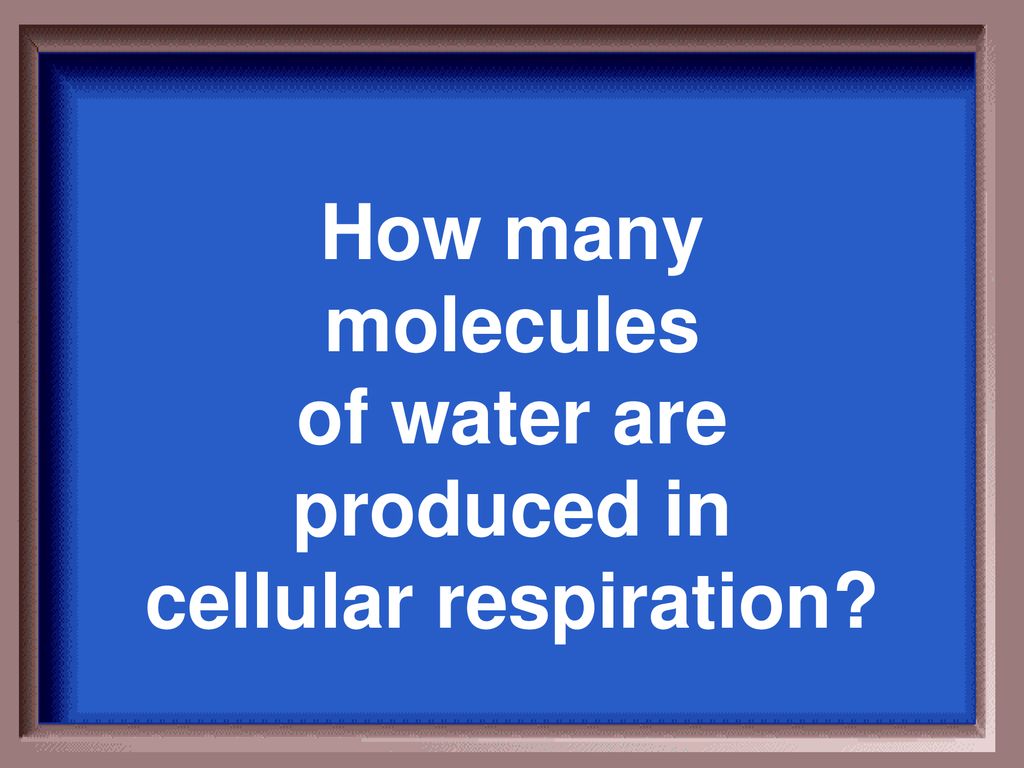




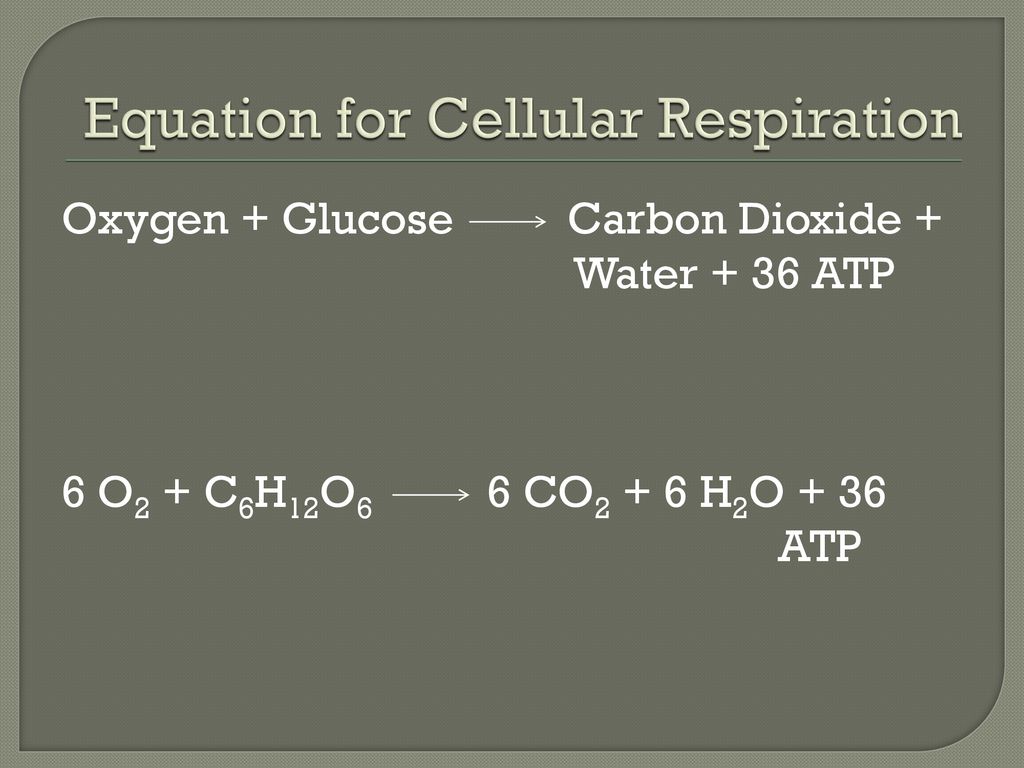


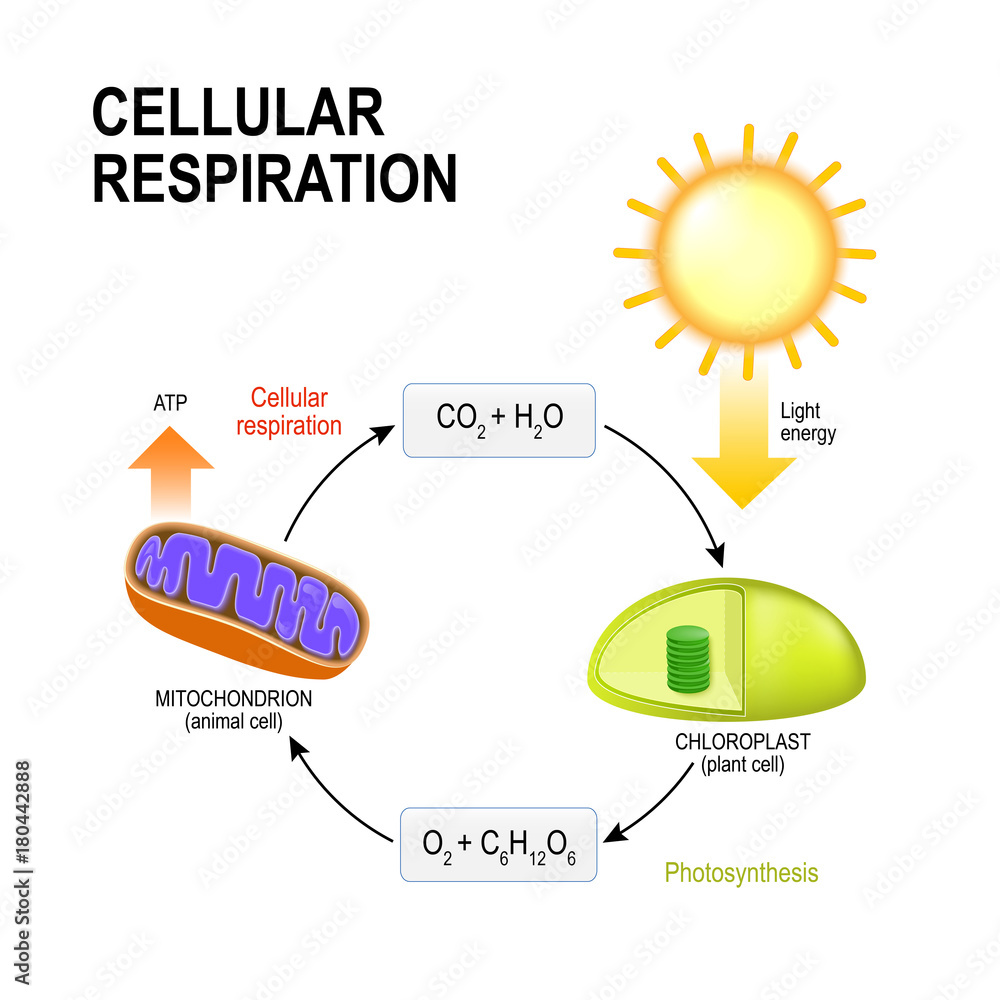
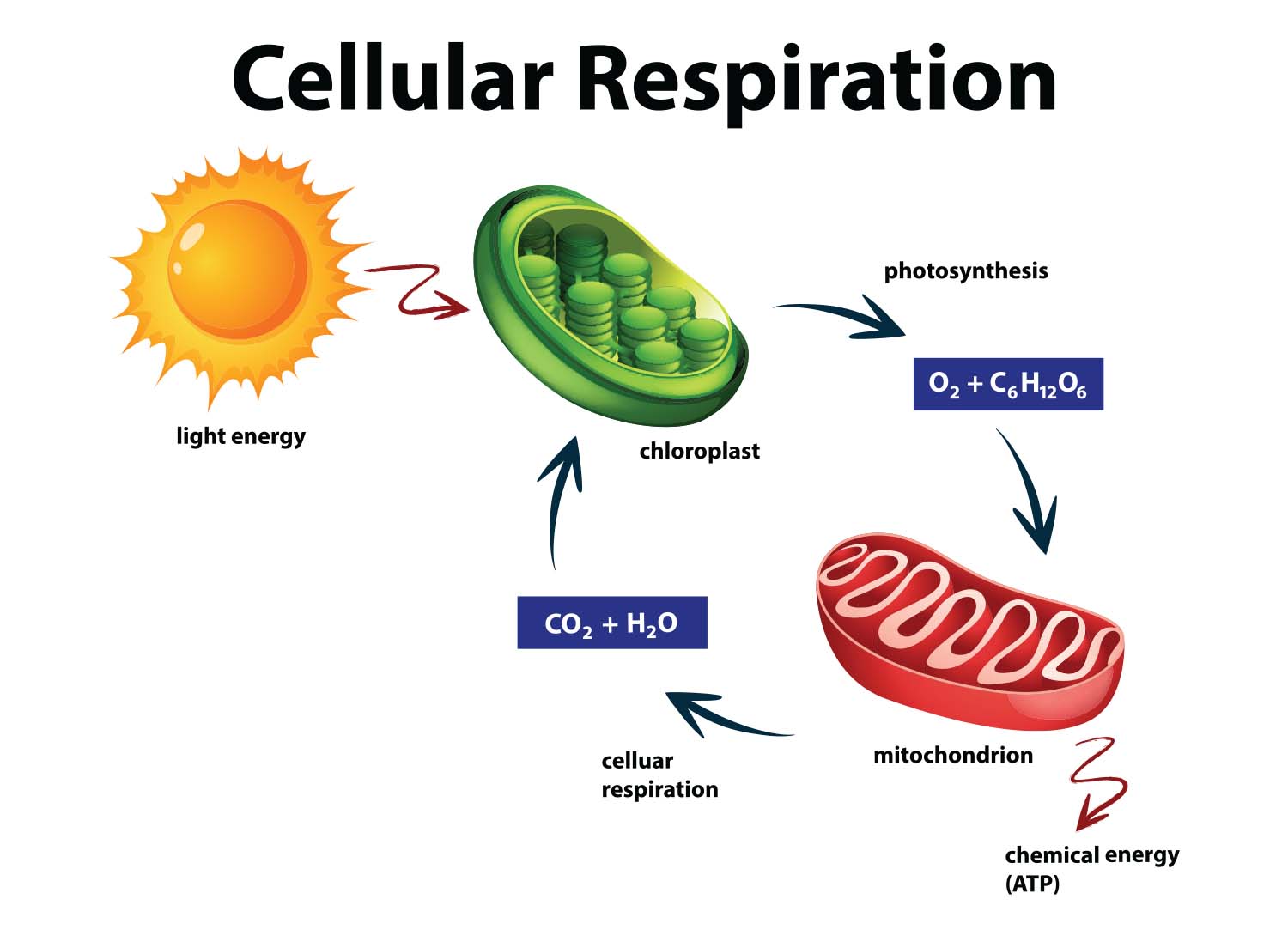
:max_bytes(150000):strip_icc()/cellular_respiration-8fcc3f1ad3e54a828dabc02146ce4307.jpg)





